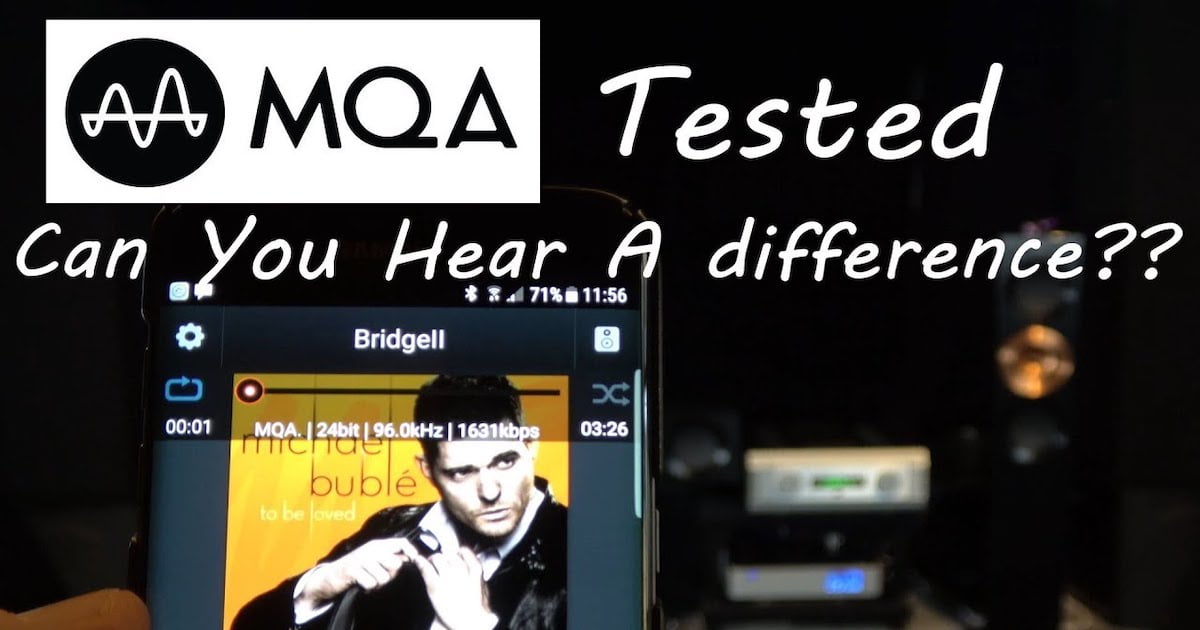It’s the time of year for saving money!
One of the product categories I often review are USB DACs. They can range from lipstick-sized numbers powered by the computer’s USB to full-sized pantheons to technology with multiple power supplies, inputs, outputs, oversampling schemes, and more bells and whistles than the Panama Limited (Tom Rush fans will understand.)
But whatever a DAC’s complexity or lack thereof, one thing they all share – they work better when fed “native” files. And what is a “native” file? It’s a music file that is sent to the DAC at the same sampling rate as the file itself. A 44.1/16’s native rate is 44.1/16, just as a 192/24 file’s native rate is 192/24. In both cases there is no advantage to upsampling or down-sampling that file in your computer before it’s sent to your DAC via USB, Toslink, S/PDIF, or carrier pigeon.
But how do you make sure that a file is being sent at its native rate? Some programs, such as Pure Music, allow you to designate in your preferences that it will send native file rates. Other, such as iTunes, have no provisions for this. If you have files that use rates other than 44.1 or 48 kHz with iTunes, it can do some funny things. Want to hear your favorite female vocalist as a baritone? Just try playing an 88.1 or 96kHz file in iTunes right after playing a 44.1 file. Since iTunes doesn’t automatically adjust the sampling rate it will try to play back the 96k file at 44.1, resulting in a substantial pitch change. And if you’re a big fan of “The Chipmunks” playing back a 44.1 file after a 96k one will give any recording a bump up in pitch that makes it chipmunk-friendly instantly…
So how do you avoid this? On Macs there’s a utility program (located oddly enough in the Utility Apps folder) called “Audio MIDI Setup” that shows you all your sound devices and what sampling rates they support. It also allows you to change the bit-rate output of any of your sound devices so they properly match the file that you are using. The only thing the MIDI control doesn’t allow is actually changing your sound devices – for that you must go into system preferences and choose “Sound” .
I also use the Audio MIDI Setup to check which sound devices are currently recognized by my Mac. Just because the USB cable is attached to both your computer and your device doesn’t mean the device had been “recognized” by your computer. I recently reviewed a device that, when used, eliminated all the other USB sound devices from both the “Sound” preferences and the MIDI devices menu. The only way to restore the other DACs was by disconnecting the offending unit and rebooting the computer.
Sometimes you need to load a driver to actualize a USB or Firewire DAC’s full potential. Some DACs (such as the Cambridge Audio DacMagic Plus) come configured for USB 1.0 (which only supports up to 96/24) and require switching to activate USB 2.0 drivers. Using the Mac’s Audio MIDI Setup utility program I can quickly check to see what rates a DAC supports.
Because I use Audio MIDI Setup so often I’ve put an alias on my Mac’s dock, right next to my audio playback programs. If you use iTunes you might want to do the same.





